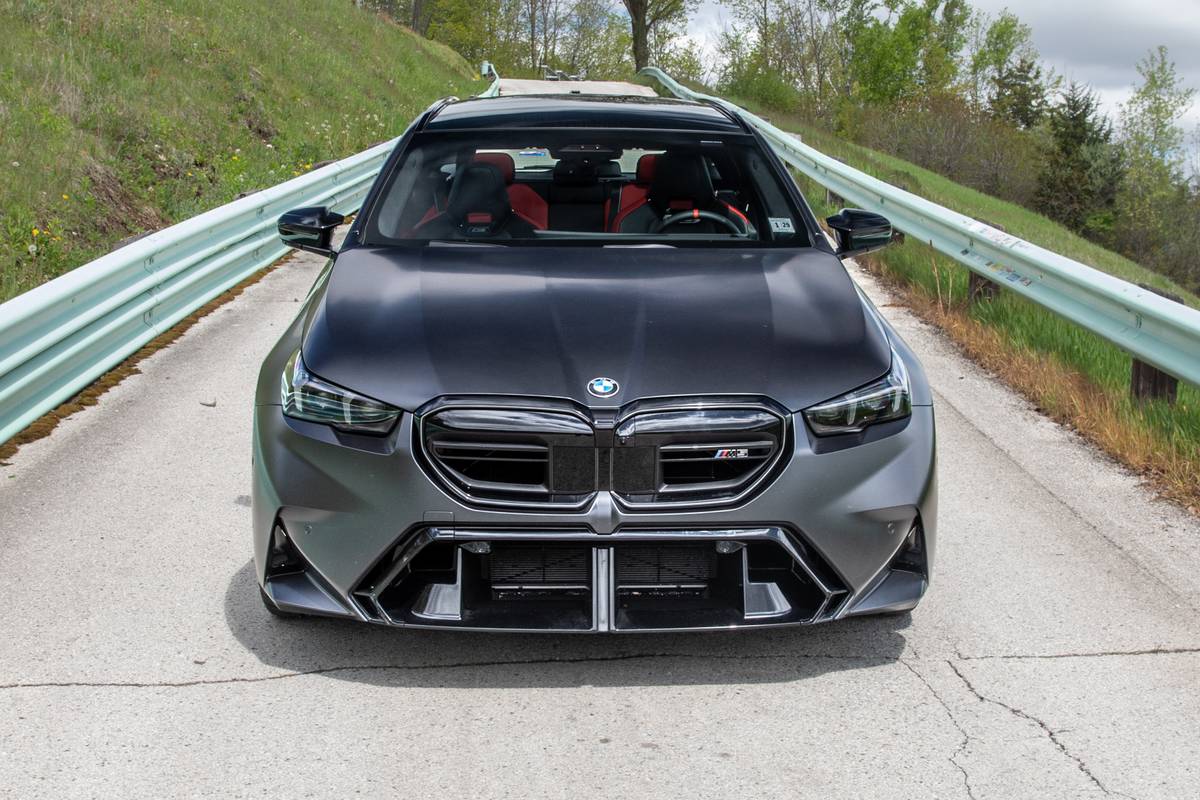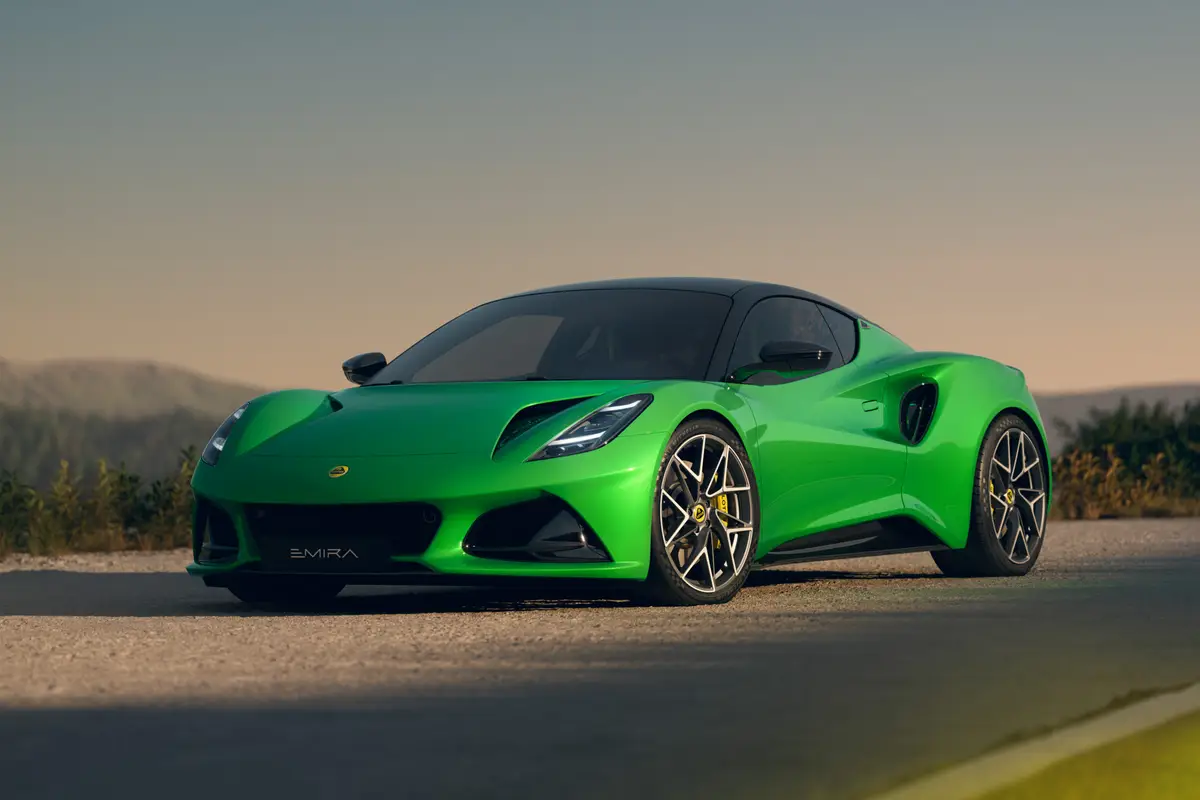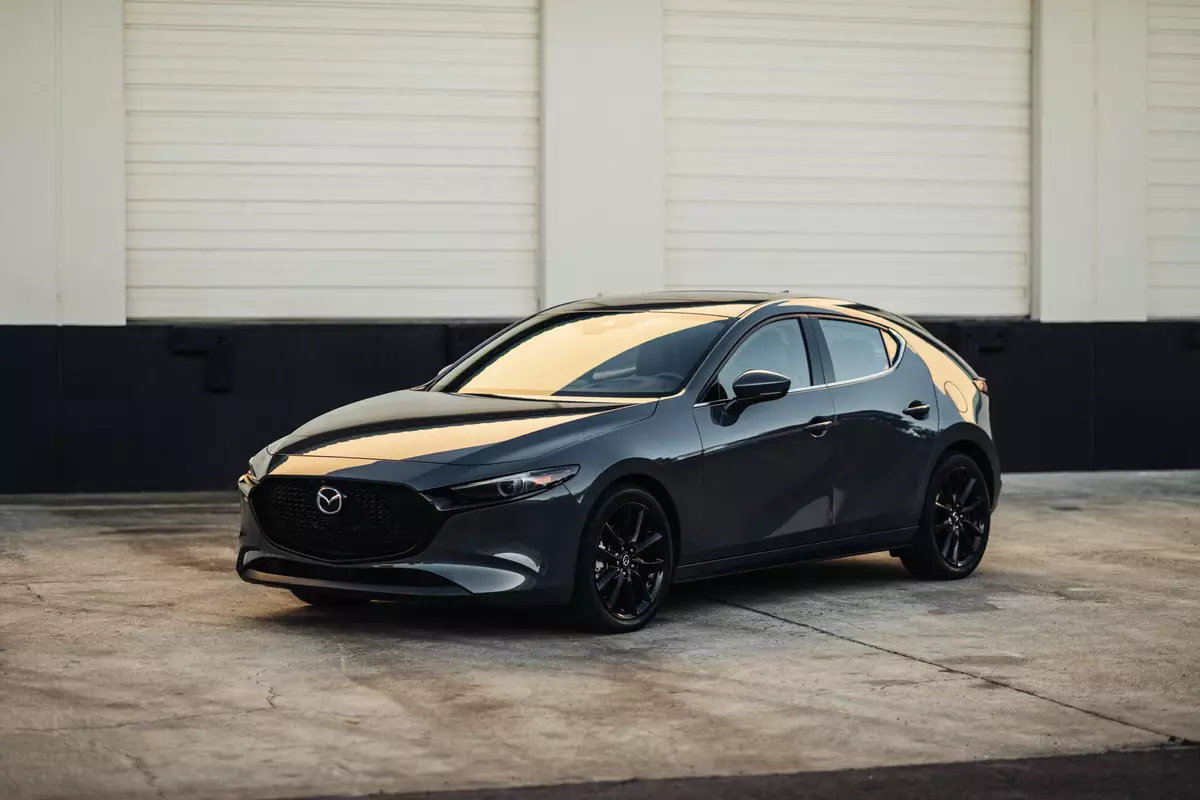chicagotribune.com's view
As we sat before the TV set waiting to hear Letterman’s top 10, a weird noise came through the ceiling vent.
It sounded like a chant, like someone reciting a mantra or whatever it is you repeat a couple million times when you want to relax and don’t have accessto a cold six-pack.
It took several minutes, but we finally made out what the group overhead was saying:
“$8,975, $8,975, $8,975, $8,975, $8,975.”
Aha. It wasn’t a late-night yoga class or a religious sect seeking atonement. It was Chrysler Corp.’s executive staff rehearsing its spiel for the journalists who were to spend the next day driving the automaker’s new Dodge and Plymouth Neon.
A week earlier Chrysler had priced the cars at an incredibly low $8,975, and those numbers had become the battle cry of the No. 3 U.S. automaker.
Ask Chrysler officials what time it is and they reply, “$8,975.”
What day is it? “$8,975.”
Who was the 13th president? “$8,975.”
To set the record straight, the 1995 Dodge and Plymouth Neon is a fine machine, available for now in sedan version only. The ride is almost as smoothand the handling almost as sure-footed as in its cousin, the larger Chrysler LH sedan. Sometimes cars built on a 104-inch wheelbase and only 171.8 inches long bump your rump at every tar mark on the road. Not Neon.
Neon has the roominess of a mini-limo, especially in the back seat, where you get the sensation you could stand up and not touch the roof with your dome. The simple act of getting in or out of the car is a pleasure. The doors are hinged to open very wide to allow you to slip in or out rather than swan dive.
Neon runs all day on an eyedropper of fuel and handles enough luggage for the family to take a two-week vacation or enough groceries to satisfy a coupleteens for at least three days. And the trunk lid opens to a 90-degree angle, so you can bend over to put the suitcase or grocery bag in without hitting your head on the lid.
The rear seat backs fold down (but not on the $8,975 base model) individually or together so that you can slip skis inside and not tie them to the roof.
There are anti-lock brakes available to help you stop and driver- and passenger-side air bags in case you don’t. If a nut runs the light at an intersection, you’re snug behind side-door impact beams. If you have a child, you can keep him or her secure in an optional integrated child safety seat that remains hidden from view until you pull it out from the back seat.
And don’t forget-Chrysler won’t let you-that there’s an $8,975 price tag.
But, please, that $8,975 sticker is the starting price for the base Neon inDodge or Plymouth version. There also are HiLine and Sport versions, in which the $8,975 figure quickly swells, to $10,690 for the HiLine and $12,215 for the Sport.
It took two days of asking Chrysler officials before anyone could stop chanting “$8,975” long enough to find out t he prices of the other models.
The $8,975 model is the price leader, which will account for about 10 percent of sales, while the HiLine should garner 60 percent and the Sport 30 percent, Chrysler acknowledges.
The Dodge and Plymouth Neons are the same car, except that the Dodge has a ram’s-head decal on the hood, while the Plymouth has a Chrysler “pentastar” decal. The base model has gray bumpers, the HiLine has body-color bumpers and the Sport has body-color bumpers with a gray stripe.
We tested all three models, each equipped with the standard single-overhead-cam, 16-valve, 132-horsepower, four-cylinder engine. A dual-overhead-cam, 16-valve version of the engine will make its debut in the fall, when the Neon Sport coupe arrives.
That engine will develop 142 to 150 horsepower. It seems Chrysler’s original intent was for the base engine to develop 130 horsepower and the morepowerful engine 140. Because the base gets 132 horsepower, the other engine ha s to be modified to provide a greater horsepower spread, or no one would spend extra money to get the optional engine.
The base engine is a decent performer. It’s lively, if not muscular. If youleave each stoplight as if a checkered flag awaits, you should wait for the 150-horsepower version. The base engine propels you quickly off the light but prefers to lope after that. It is adequate for the base model and the choice in the HiLine if mileage is a top priority, but it is out of place in the Sport, where a 150-horsepower engine is needed to separate the performance carfrom the rest of the lineup.
A five-speed manual transmission is standard, and a three-speed automatic is optional. The five-speed is one of the smoothest we’ve encountered. Light clutch play and only fingertip pressure on the shift lever are required to move through the gears. No hangups, no hesitation, no balkiness.
The automatic, however, never met a hill it liked. Chrysler can fill an encyclopedia with reasons why it opted for a three-speed rather than a four-speed, but what it comes down to is that to keep the price low the automaker opted for the less-expensive three-speed.
The three-speed, Chrysler boasts, is geared to let the 132-horsepower engine step quickly from the light or into the passing lane, but it’s a tad noisy, and what hills we found were a challenge met with frequent downshiftingand upshifting.
The mileage ratings provide evidence of the base engine’s temperament. Theyare 29 m.p.g. city/38 highway with the five-speed and 27/33 with the automatic. If a four-speed automatic is offered in the future, we suspect the mileage rating will rise at least 1 m.p.g. city and highway. Of course, when the higher-performance engine arrives, the rating probably will drop by 1 m.p.g.
Ride and handling get better when you move up from the base and its 13-inchtires into the HiLine or Sport with their 14-inch tires and touring suspension, which minimizes sway and lean in corners and turns.
The cars aren’t annoyance-free. There’s lots of wind noise, even with the windows all the way up; door armrests bulge and rob some legroom; hoods are the prop-open, not the spring-open variety; and seat backs are overly stiff.
On the other hand, kudos for the arrow in the dash that points to the side the fuel-filler door is on; slide-out side window shades in the visors (not inthe base model); a blackened dash to reduce glare; and the availability of hidden child-safety seats ($100 option).
The base Dodge Neon we drove had a starting sticker of-all together now-$8,975, but it added air conditioning (non-Freon), electric rear-window defroster, dual outside manual mirrors, body-side moldings, AM/FM stereo with clock (no radio is included for $8,975), power steering, tinted glass and intermittent windshield wipers in a $1,861 package; floor mats for $46; and a cassette upgrade on the radio for $170. The sticker came to more than $11,000.Add $500 for freight.
To its $10,690 base price, the HiLine Plymouth Neon added air, remote deck-lid release, rear-window defroster, power door locks, floor mats, dual outside power mirrors, tilt steering, tachometer with “low-fuel” light, all-season 14-inch tires and deluxe wheel covers in a $1,851 package. Anti-lock brakes were a $565 option, automatic transmission was a $557 charge and electronic speed control was $224. The sticker came to nearly $14,000. Thefreight charge added $500, but an unexplained discount of $599 offset that.
To its $12,215 base price, the top-of-the-line Dodge Neon Sport added air conditioning, floor mats and AM/FM radio with cassette and clock in a $1,126 package; $557 for automatic transmission; and $224 for speed control. The total came to $14,122. Add $500 for freight and the price came to $14,622. Again, an unexplained discount brought the final figure to $14,023. Anti-lock brakes are standard.
Th e differences in the base prices of the three models result from equipment upgrades and a bit dressier appearance as you move up. The base model has no standard body-side moldings or radio (both are optional) or even cupholders, while body-side moldings, radio and cupholders are standard in thetop-of-the-line model, which also is the only model to have its name-Sport-on the deck lid.
No power windows will be available until August, and there will no sunroof until 1996.
How does Neon compare with General Motors Corp.’s Saturn, its chief rival? Neon has standard dual air bags, Saturn has only a driver-side bag until 1995.Neon has a metal body, Saturn a rust-free plastic one. Saturn has 24-hour roadside assistance, Neon has no such coverage. Both have noisy automatics (a four-speed in the Saturn). Neon is available only as a four-door sedan until fall, Saturn is available as a sedan, coupe or wagon. Neon is $1,000 cheaper than Saturn at the base-model level, a few hundred dollars cheaper at the top of the line. Neon has unexplained sticker discounts, while Saturn has none, because you pay full list price. Saturn has sky-high resale prices, Neon’s areunknown.
Latest news



